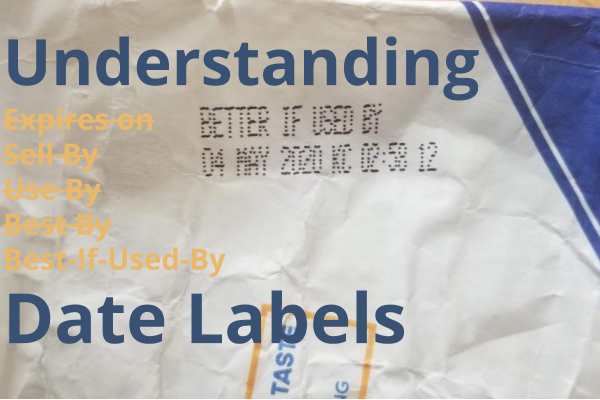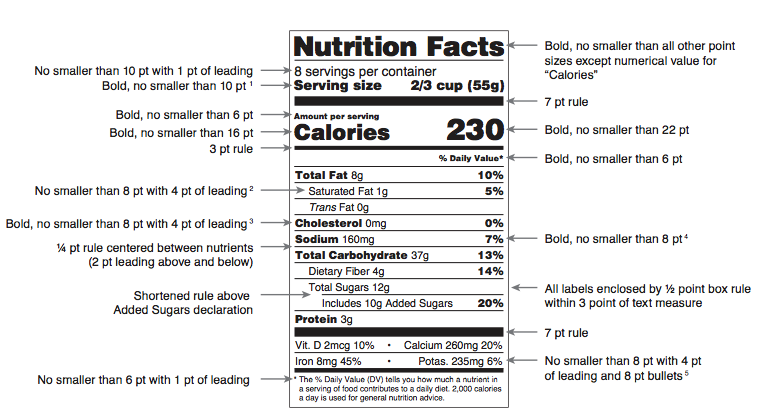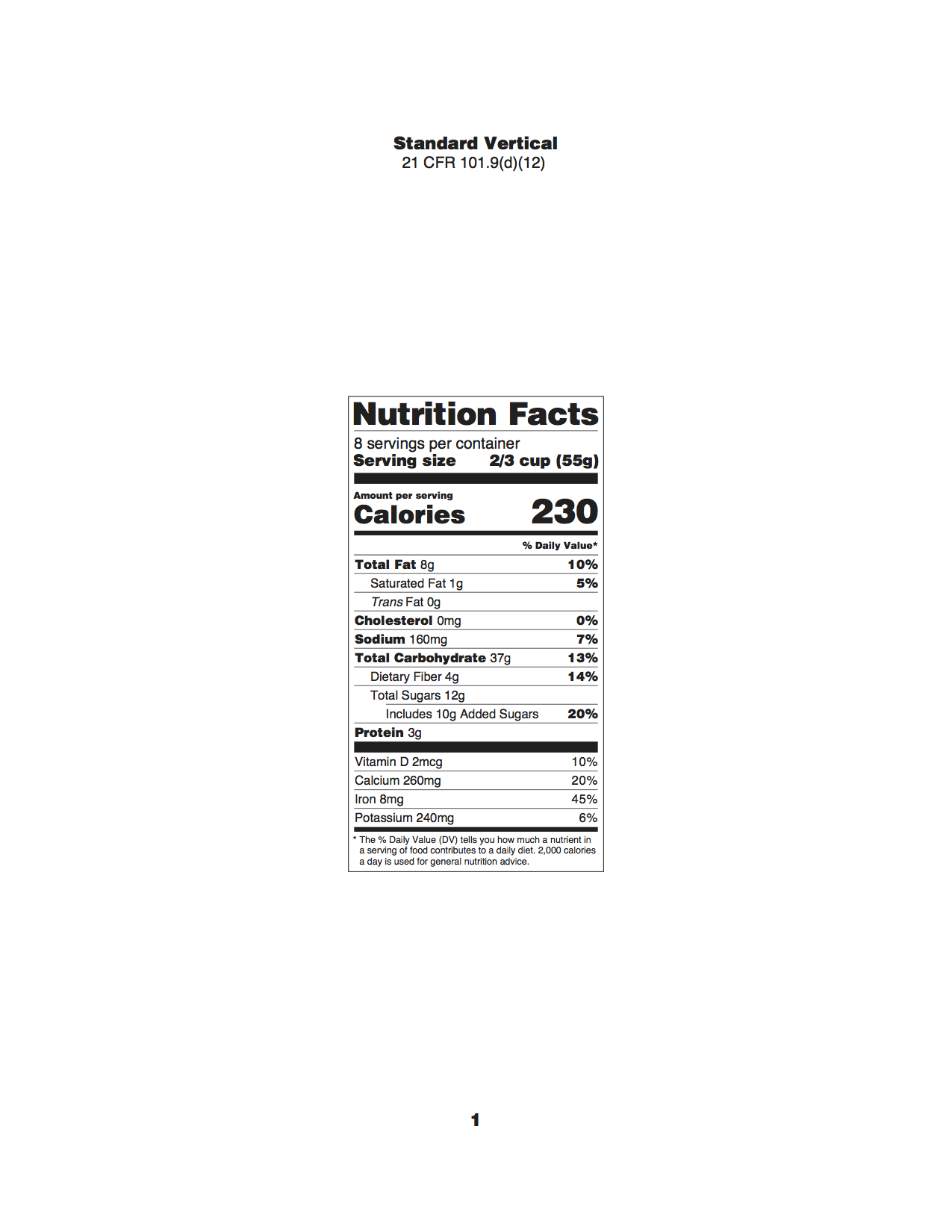Forget everything you think you know about expiration dates.
What You Need to Know:
Date labels have nothing to do with product safety — they indicate quality.
A date label should show the last date of expected peak quality.
The recommended wording for is “Best if Used By”
The FDA doesn’t require a date label on any food products except infant formula.
Introduction:
The American food consumer is misreading date-labels and mistakenly throwing out $32 billion dollars worth of food because of it. The FDA is trying to minimize food waste and so they are providing specific guidance to manufacturers about how to write date labels and guidance to consumers about how to interpret them properly.
How to Read a Date Label
What does a date label mean?
A date label on a food should indicate the last date where the food maintains peak quality and flavor. Date labels are meant to reflect quality not food safety.
A Best-if-Used-By Date “indicates to the consumer that the product may not taste or perform as expected but is safe to be used or consumed”
Wording is inconsistent and confusing to consumers
Can I eat a food after the “expiration date”?
Yes! This is because it’s not an expiration date. A food which doesn’t show signs of spoilage after the specified date can still be eaten.
Remember that food manufacturers have an incentive for you to only consume products in their “peak quality” because then you will buy their products more often.
How do I know when a product is unsafe to eat?
Major food industry groups have endorsed the use of “Use By” to indicate when a product should be discarded for food safety reasons but, as of 2019, the FDA hasn’t taken a stance on this topic.
How to Write a Date-Label
What wording should I use For my Date Label?
The recommended terminology is “Best If Used By”. This indicates that the date is an indicator of quality, not food safety.
The FDA recommends not using words like “sell by” or “expires on” because this obscures the meaning of a date label.
How do I pick a Best-If-Used-By date for my food product?
Food manufacturers can collect this information by either conducting tests themselves to assess quality. You can do this by storing multiple versions of your product in the recommended storage condition and then tasting them at various time intervals to assess the point when quality begins to decline.
It’s important that you don’t produce, package or store these test-products any differently than you normally would. Finally, your Best-If-Used-By date should pass before any sort of decline in product quality.
You can also enlist a reputable testing lab to conduct testing on your behalf.
Since best-if-used-by dates are an indicator of quality, it’s important that your product is safe for consumption well beyond the date you print on the label.
Do I need to change my packaging If I am not aligned with these Standards?
No. The FDA is trying to minimize confusion to consumers and food waste nationwide. These guidelines won’t be enforced by the FDA — they are simply setting a standard for the industry to adopt.
Should I remove the date label from my product?
You can, but many retailers and some local agencies have their own requirements for printing a “use-by” date of some type. Your best bet is to adopt the FDA-approved wording and print a use-by date that you can stand behind.
Do I need a date label if my product is non-perishable?
Not to satisfy FDA standards (only infant formulas require a “use by” date.) However, large retailers may require a date label on all foods they carry, so it’s worth building the capacity to print date labels, even if you don’t use them at this time.
















































